Case Studies
Capital Case Studies
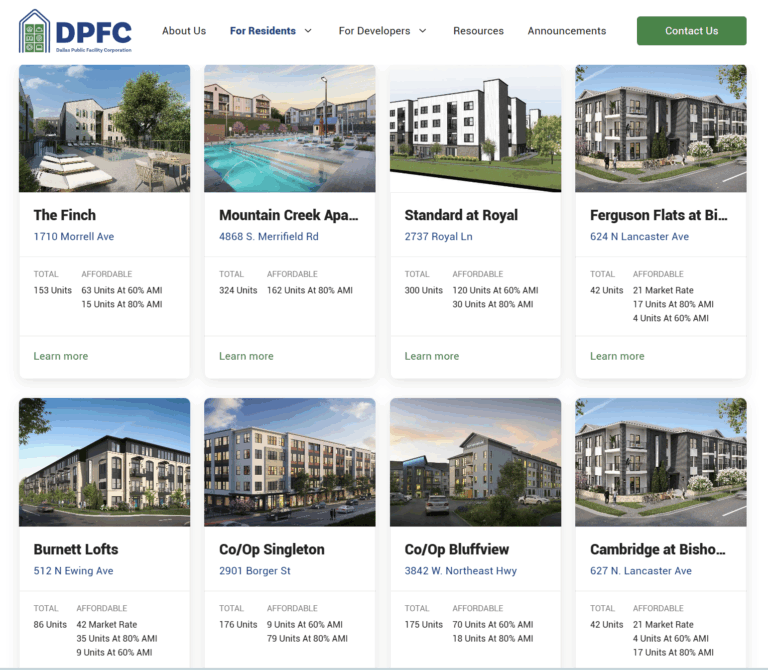
Case Study
Texas’s Public Facility Corporations
"Right-Sizing" Property Tax Incentives to Increase Housing Affordability
Read More About Texas’s Public Facility Corporations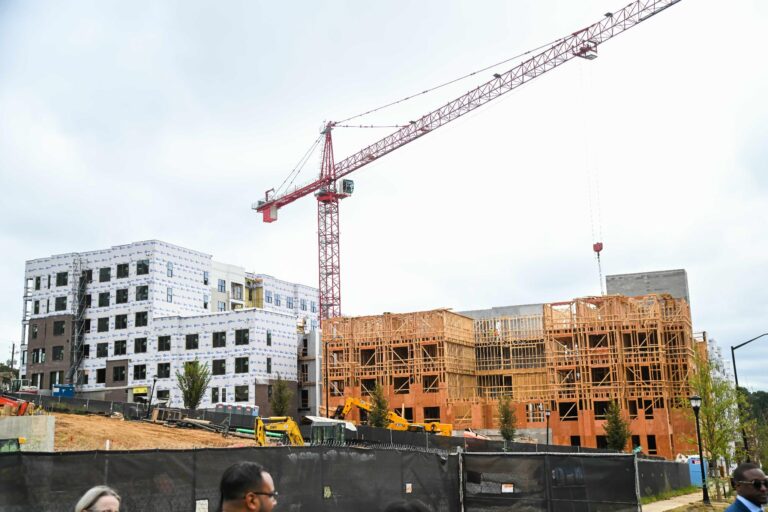
Case Study
Atlanta’s Private Enterprise Agreement
"Right-Sizing" Property Tax Incentives to Increase Housing Affordability
Read More About Atlanta’s Private Enterprise Agreement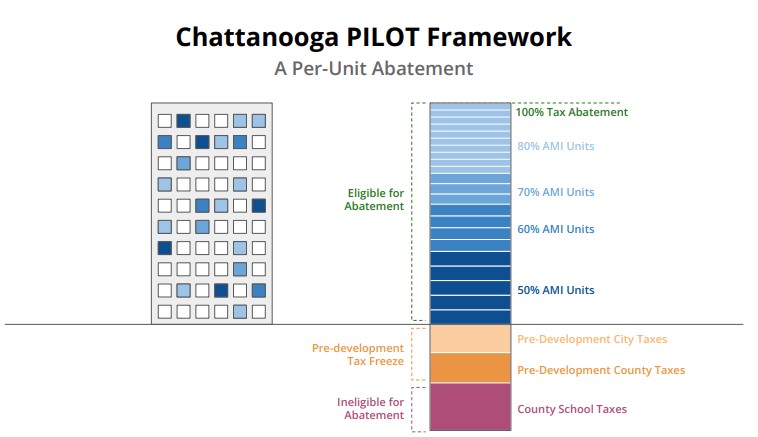
Case Study
Chattanooga’s PILOT Program
"Right-Sizing" Property Tax Incentives to Increase Housing Affordability
Read More About Chattanooga’s PILOT Program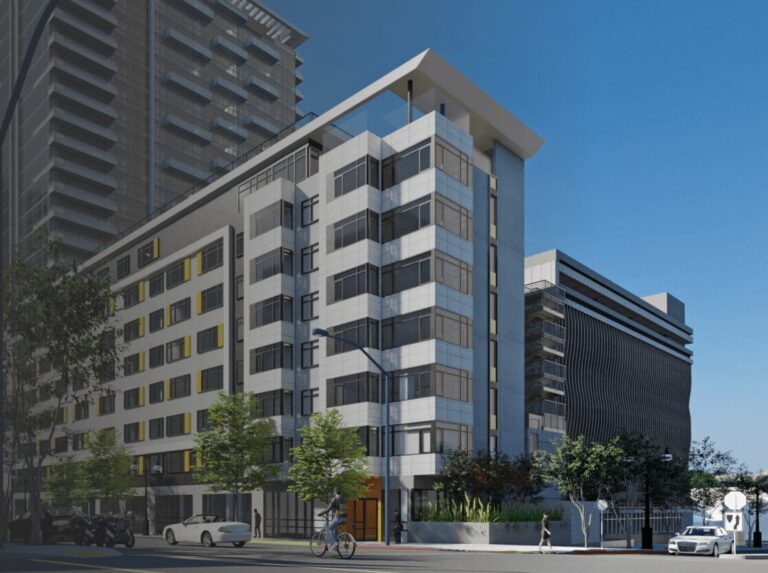
Case Study
San Diego Foundation
Beyond Traditional Giving: How Place-Based Philanthropy Catalyzes Housing Solutions
Read More About San Diego Foundation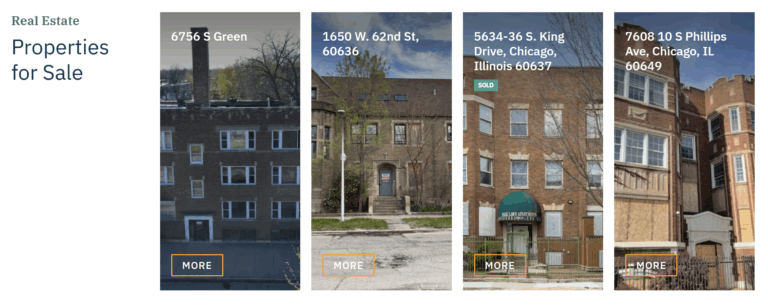
Case Study
The Chicago Community Trust
Beyond Traditional Giving: How Place-Based Philanthropy Catalyzes Housing Solutions
Read More About The Chicago Community Trust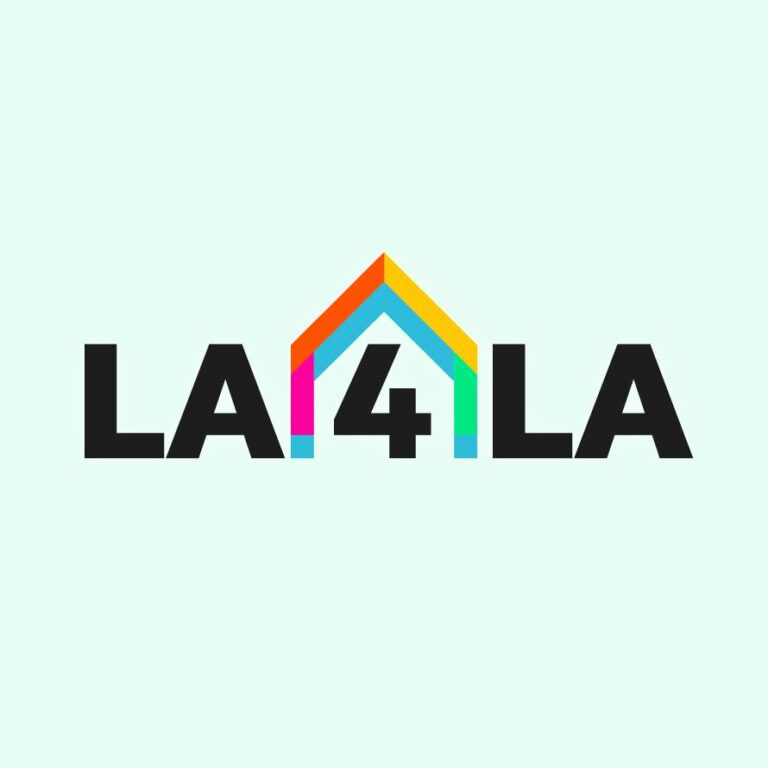
Case Study
Los Angeles (LA4LA/California Community Foundation)
Beyond Traditional Giving: How Place-Based Philanthropy Catalyzes Housing Solutions
Read More About Los Angeles (LA4LA/California Community Foundation)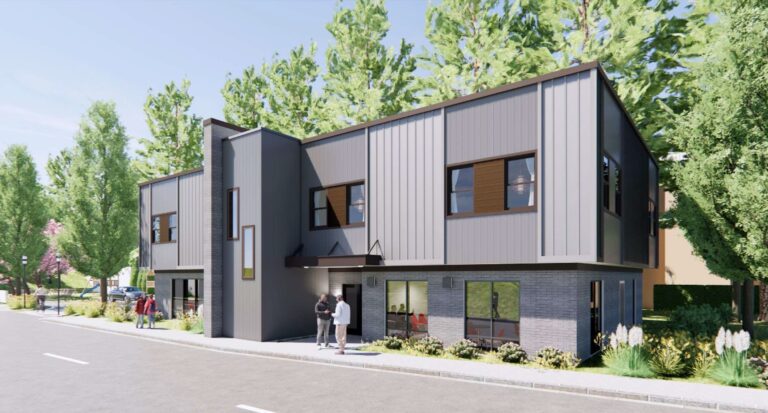
Case Study
Atlanta
Beyond Traditional Giving: How Place-Based Philanthropy Catalyzes Housing Solutions
Read More About Atlanta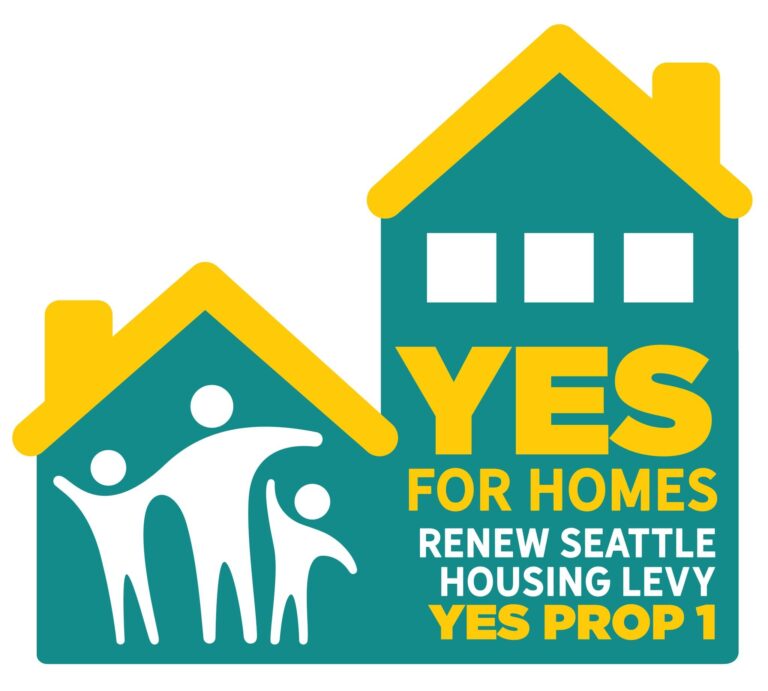
Case Study
Seattle, WA, Seattle Housing Levy (most recently 2023)
Housing Ballot Measures
Read More About Seattle, WA, Seattle Housing Levy (most recently 2023)
Case Study
San Antonio, TX, Measure F (2022)
Housing Ballot Measures
Read More About San Antonio, TX, Measure F (2022)
Case Study
Los Angeles, CA (Measure A in 2024, Measure HHH in 2016)
Housing Ballot Measures
Read More About Los Angeles, CA (Measure A in 2024, Measure HHH in 2016)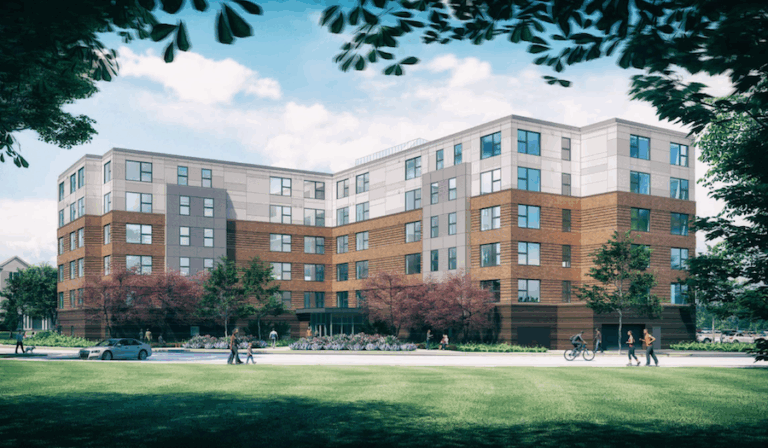
Case Study
Ingham County, MI (Lansing), 2024
Housing Ballot Measures
Read More About Ingham County, MI (Lansing), 2024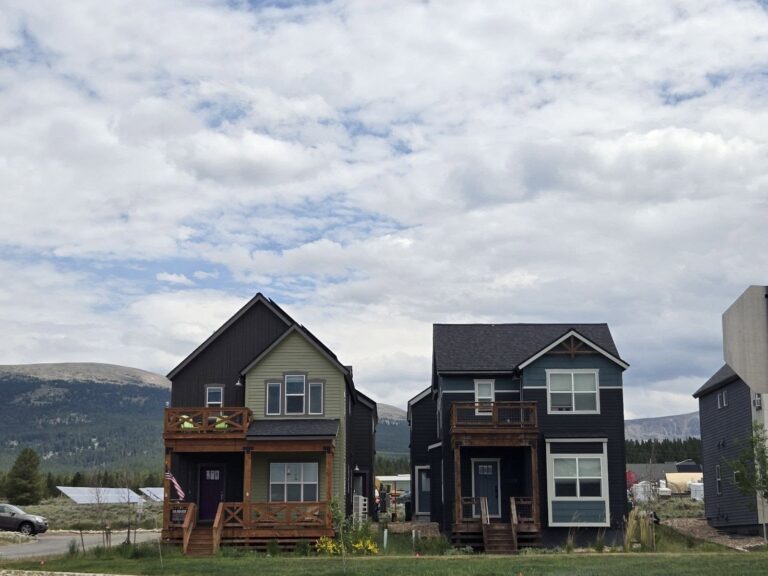
Case Study
Colorado, Prop 123, 2023
Housing Ballot Measures
Read More About Colorado, Prop 123, 2023
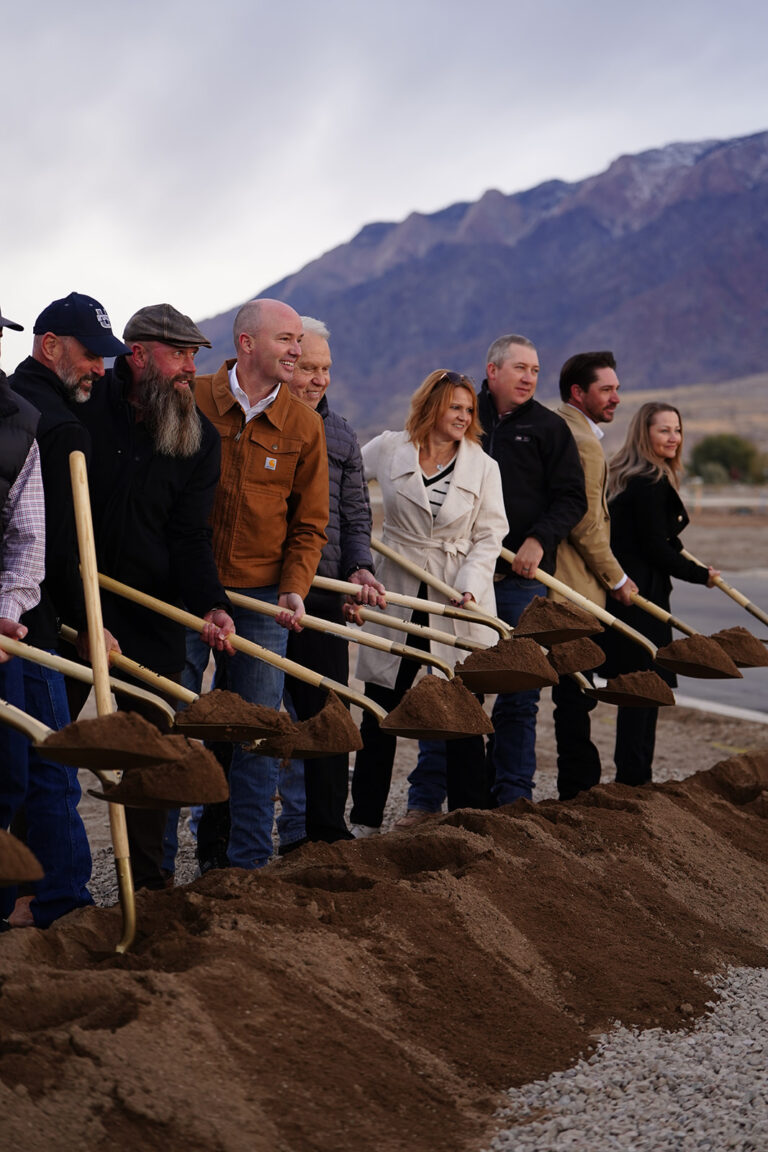
Case Study
Utah Homes Investment Program
Investing in Homeownership: Public Investments in Starter Home Development
Read More About Utah Homes Investment Program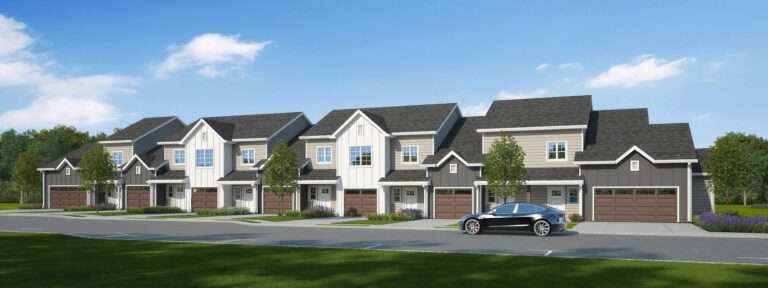
Case Study
Washington County, WI Next Generation Homes Program
Investing in Homeownership: Public Investments in Starter Home Development
Read More About Washington County, WI Next Generation Homes Program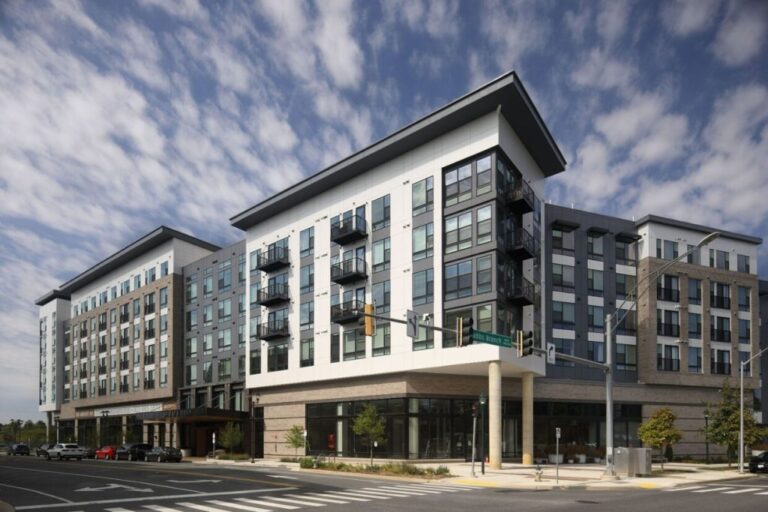
Case Study
Mixed-Income Development Model: Montgomery County, Chicago, Atlanta, and Chattanooga
Mixed-Income Public Development Model: Local Housing Finance Agency Innovation
Read More About Mixed-Income Development Model: Montgomery County, Chicago, Atlanta, and ChattanoogaConstruction Case Studies

Case Study
Building Codes and Energy Codes
Building for Insurability, Resilience, Energy Efficiency, and Housing Affordability: Addressing the True Cost of Housing
Read More About Building Codes and Energy Codes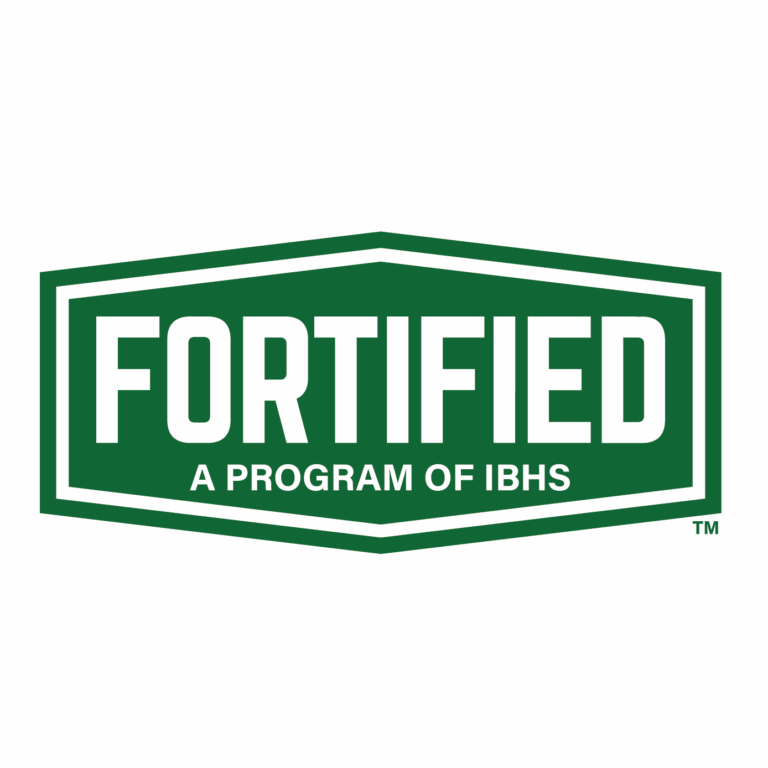
Case Study
FORTIFIED and Building Codes
Building for Insurability, Resilience, Energy Efficiency, and Housing Affordability: Addressing the True Cost of Housing
Read More About FORTIFIED and Building Codes
Case Study
Wildfire
Building for Insurability, Resilience, Energy Efficiency, and Housing Affordability: Addressing the True Cost of Housing
Read More About Wildfire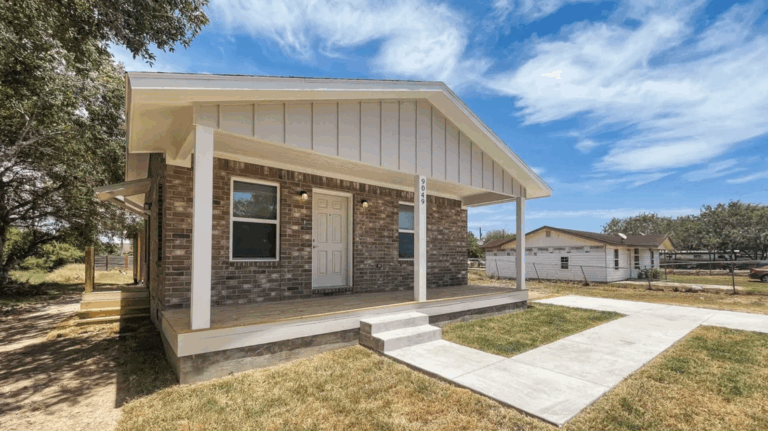
Case Study
Come Dream Come Build
Building for Insurability, Resilience, Energy Efficiency, and Housing Affordability: Addressing the True Cost of Housing
Read More About Come Dream Come Build
Case Study
Greater Cleveland Habitat for Humanity
Building for Insurability, Resilience, Energy Efficiency, and Housing Affordability: Addressing the True Cost of Housing
Read More About Greater Cleveland Habitat for Humanity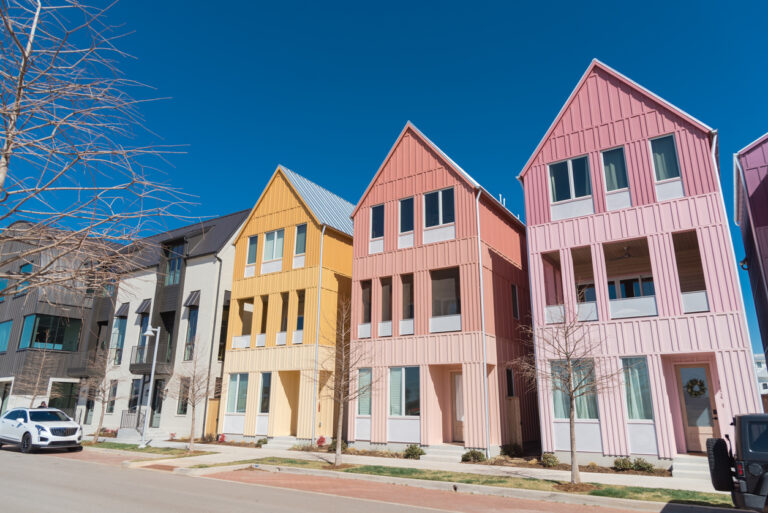
Case Study
Wheeler District
Building for Insurability, Resilience, Energy Efficiency, and Housing Affordability: Addressing the True Cost of Housing
Read More About Wheeler District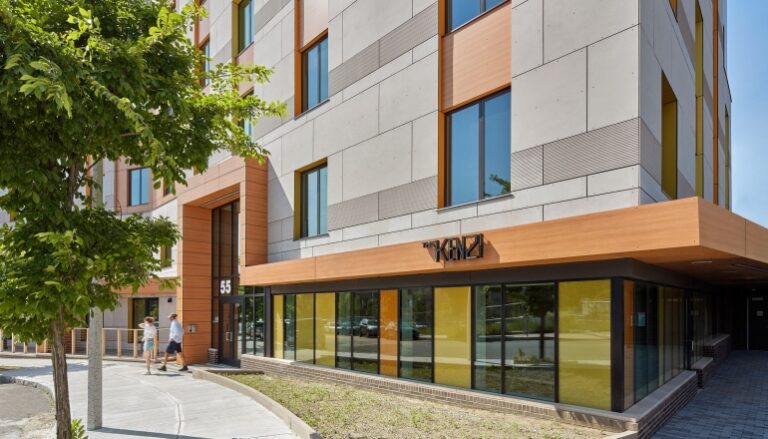
Case Study
Preservation of Affordable Housing
Building for Insurability, Resilience, Energy Efficiency, and Housing Affordability: Addressing the True Cost of Housing
Read More About Preservation of Affordable Housing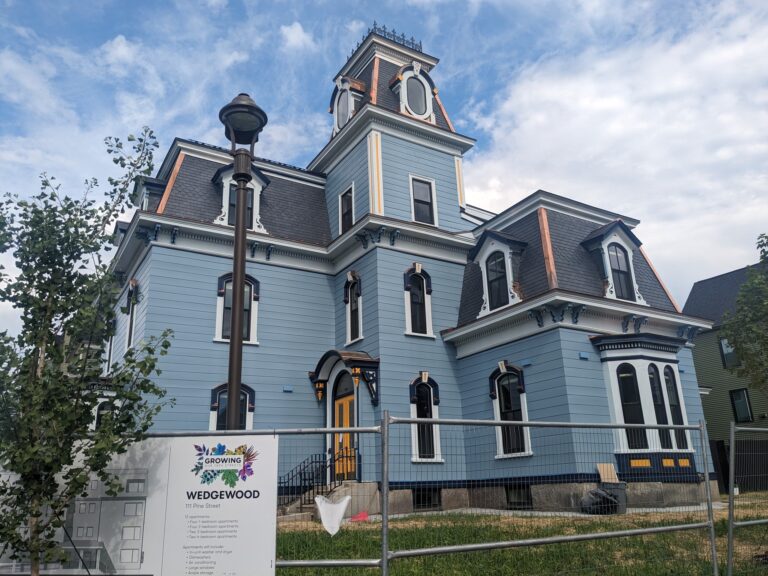
Case Study
Lewiston, ME
Building for Insurability, Resilience, Energy Efficiency, and Housing Affordability: Addressing the True Cost of Housing
Read More About Lewiston, ME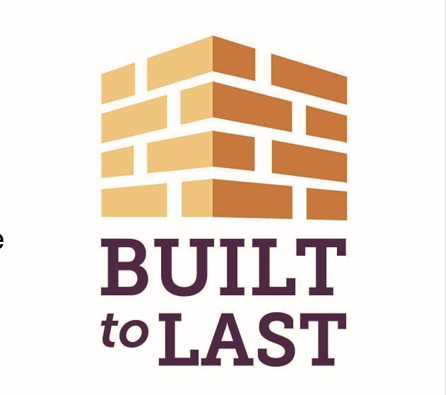
Case Study
Philadelphia Built to Last
Building for Insurability, Resilience, Energy Efficiency, and Housing Affordability: Addressing the True Cost of Housing
Read More About Philadelphia Built to Last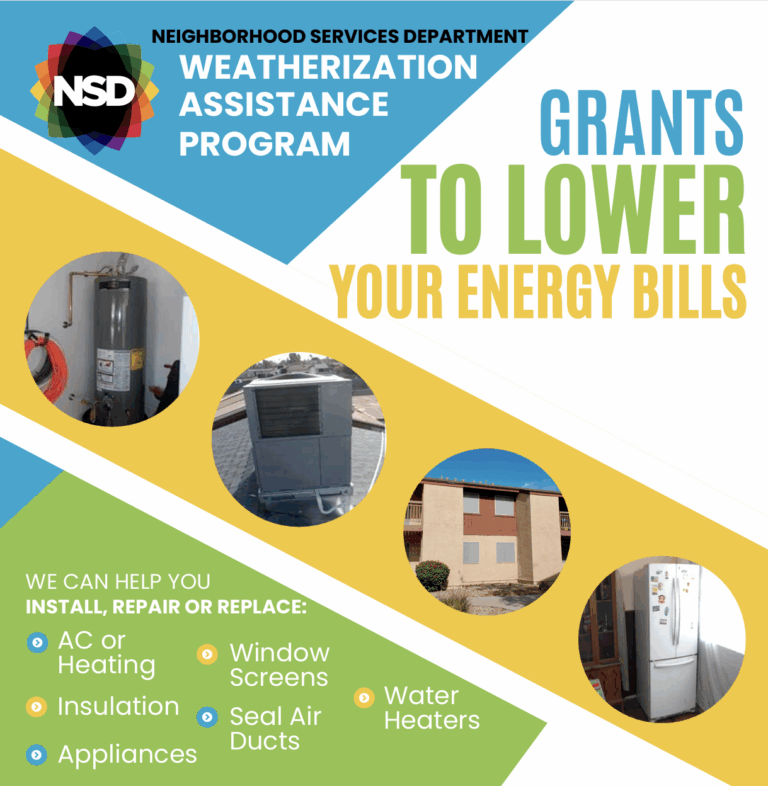
Case Study
Phoenix Housing Repairs and Rehabilitation Program
Building for Insurability, Resilience, Energy Efficiency, and Housing Affordability: Addressing the True Cost of Housing
Read More About Phoenix Housing Repairs and Rehabilitation Program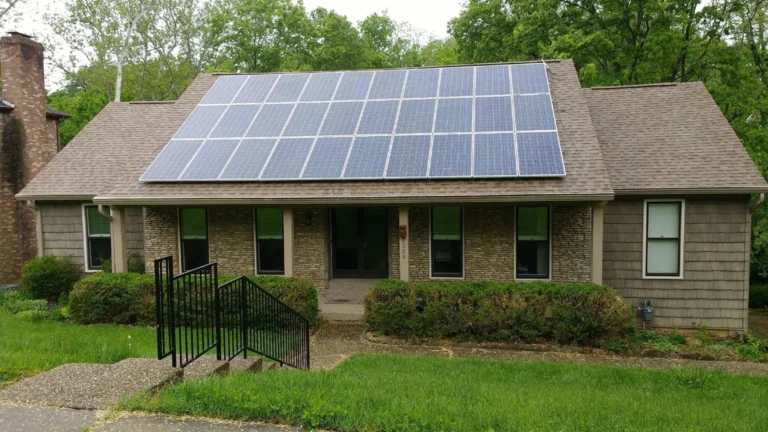
Case Study
Utility Programs Provide a Source of Funding for Energy Improvements in Housing
Building for Insurability, Resilience, Energy Efficiency, and Housing Affordability: Addressing the True Cost of Housing
Read More About Utility Programs Provide a Source of Funding for Energy Improvements in HousingRegulation & Policy Case Studies
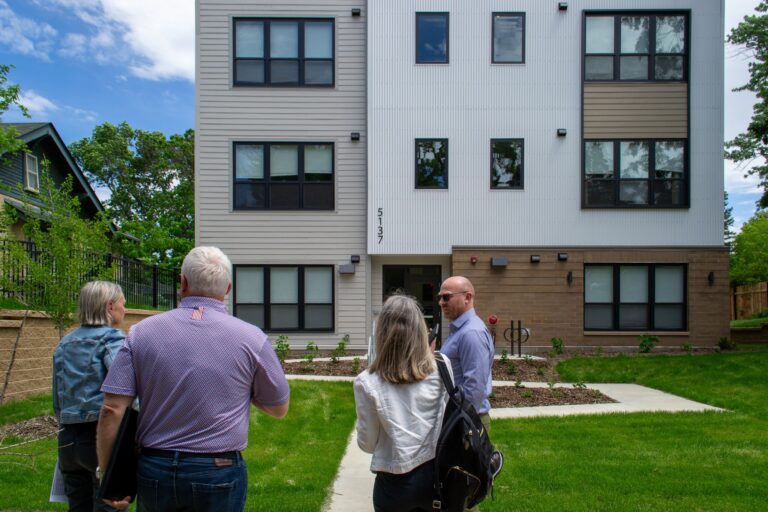
Case Study
Minnesota – Acceleration through Education and Standard Award Criteria
Industrialized Housing Delivery in the U.S.: Recommendations for State and Local Governments
Read More About Minnesota – Acceleration through Education and Standard Award Criteria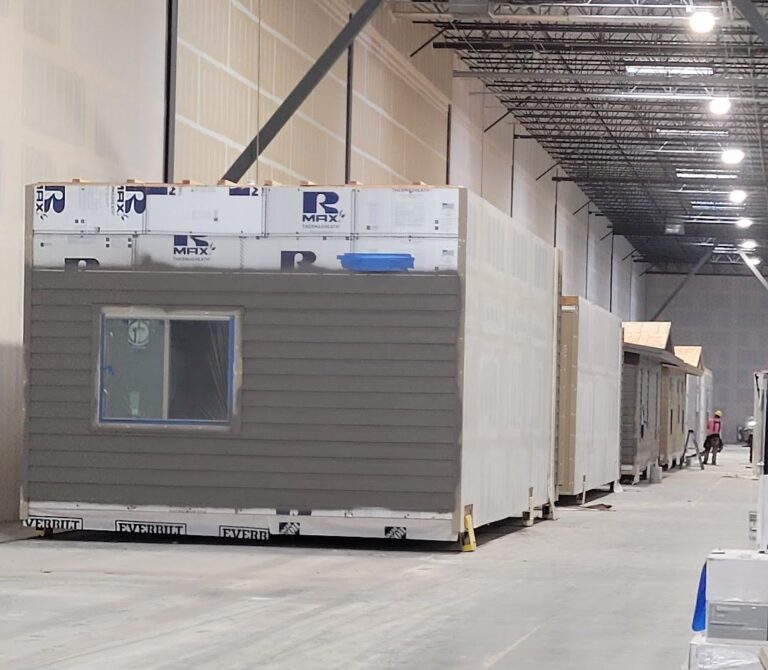
Case Study
Virginia – Acceleration Through Regulatory Harmonization
Industrialized Housing Delivery in the U.S.: Recommendations for State and Local Governments
Read More About Virginia – Acceleration Through Regulatory HarmonizationGovernance Case Studies
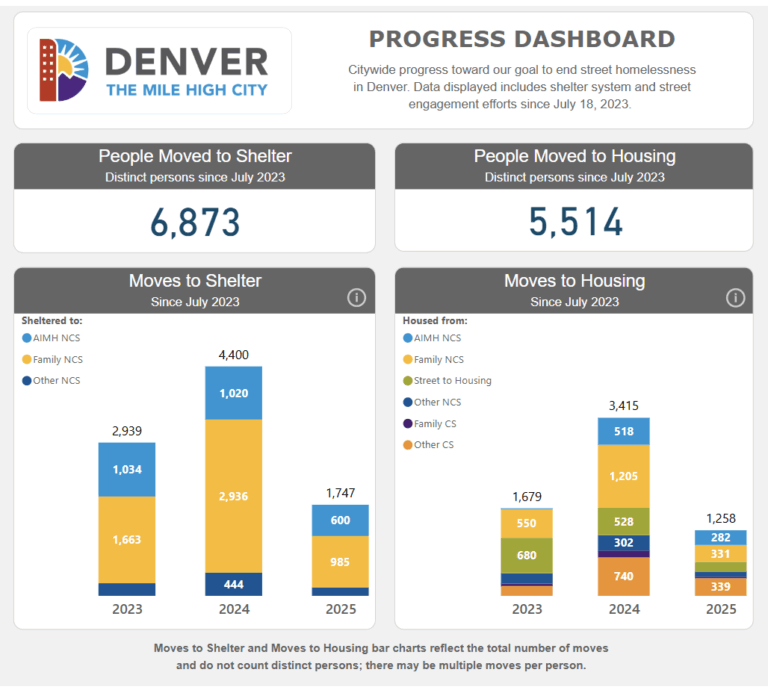
Case Study
Denver, CO
Housing Command Centers: An Emergency Response to Homelessness
Read More About Denver, CO
Case Study
Cleveland, OH
Housing Command Centers: An Emergency Response to Homelessness
Read More About Cleveland, OH